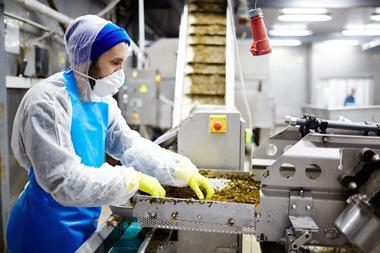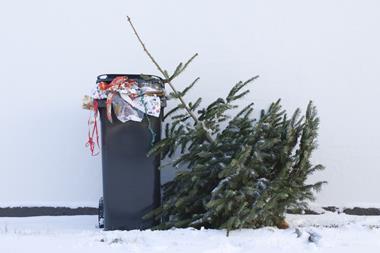Look out into the ocean. Great expanses are filthy with waste plastic, some of it smaller than the eye can see. Now turn towards the land. Same problem.
Brands and retailers have recognised the need to tackle plastic and are working hard to reduce it in packaging. But less progress has been made in addressing the use of plastics in agriculture – as was highlighted this week by the Food & Agriculture Organization (FAO) of the United Nations, in the report ‘Assessment of agricultural plastics & their sustainability: a call for action’.
Looking at farming around the globe, the FAO report covers the benefits of plastics in agriculture, the types and estimated amounts used, the harm caused, and recommendations to move towards a circular economy for agricultural plastics.
“The use of plastic products in today’s agriculture is becoming increasingly commonplace all around the world,” it says. “The versatility and variety of plastic polymers, their ease of manufacture, physical properties and affordability make them the material of choice for many applications in agriculture.”
But there’s a downside, of course – because “agricultural plastics also pose a serious risk of pollution and harm to human and ecosystem health when they are damaged, degraded or discarded in the environment”. What’s worse is “only small fractions of agricultural plastics are collected and recycled” – which means “most plastics are burned, buried or landfilled”.
In turn, that poses a serious threat to human wellbeing. Left to simply degrade, the material becomes microplastics, which “can transfer and accumulate in food chains, threatening food security, food safety and potentially human health” the FAO warns.
And it’s already happening on a frightening scale. “Soils are one of the main receptors of agricultural plastics and are known to contain larger quantities of microplastics than oceans,” the report notes.
To put that into context, the Marine Conservation Society estimates that nearly a million tonnes of microplastic ends up in oceans each year (along with 10 tonnes of larger plastic waste).
So, what’s to be done about agricultural plastics? The UN report points to “alternatives and interventions to improve the circularity and sound management of agricultural plastics based on the 6R model”.
That’s refuse, redesign, reduce, reuse, recycle and recover – all of which could include adopting agricultural practices that avoid use of plastic, substituting plastic products with easily biodegradable alternatives, promoting reusable plastic products, and many other solutions.
Grocery suppliers and retailers can help. After all, most have made great advances in plastic management further up the food chain. And many already work closely with their agricultural partners. Take Morrisons and its intimate ties with British farming, or even Ritter Sport’s ownership of a hazelnut farm in Provence and a massive cocoa plantation in east Nicaragua.
Issues such as equitable pay for workers, animal welfare and sustainable land management are already front of mind when it comes to sourcing policies. It makes sense that plastic use could be too.

























No comments yet